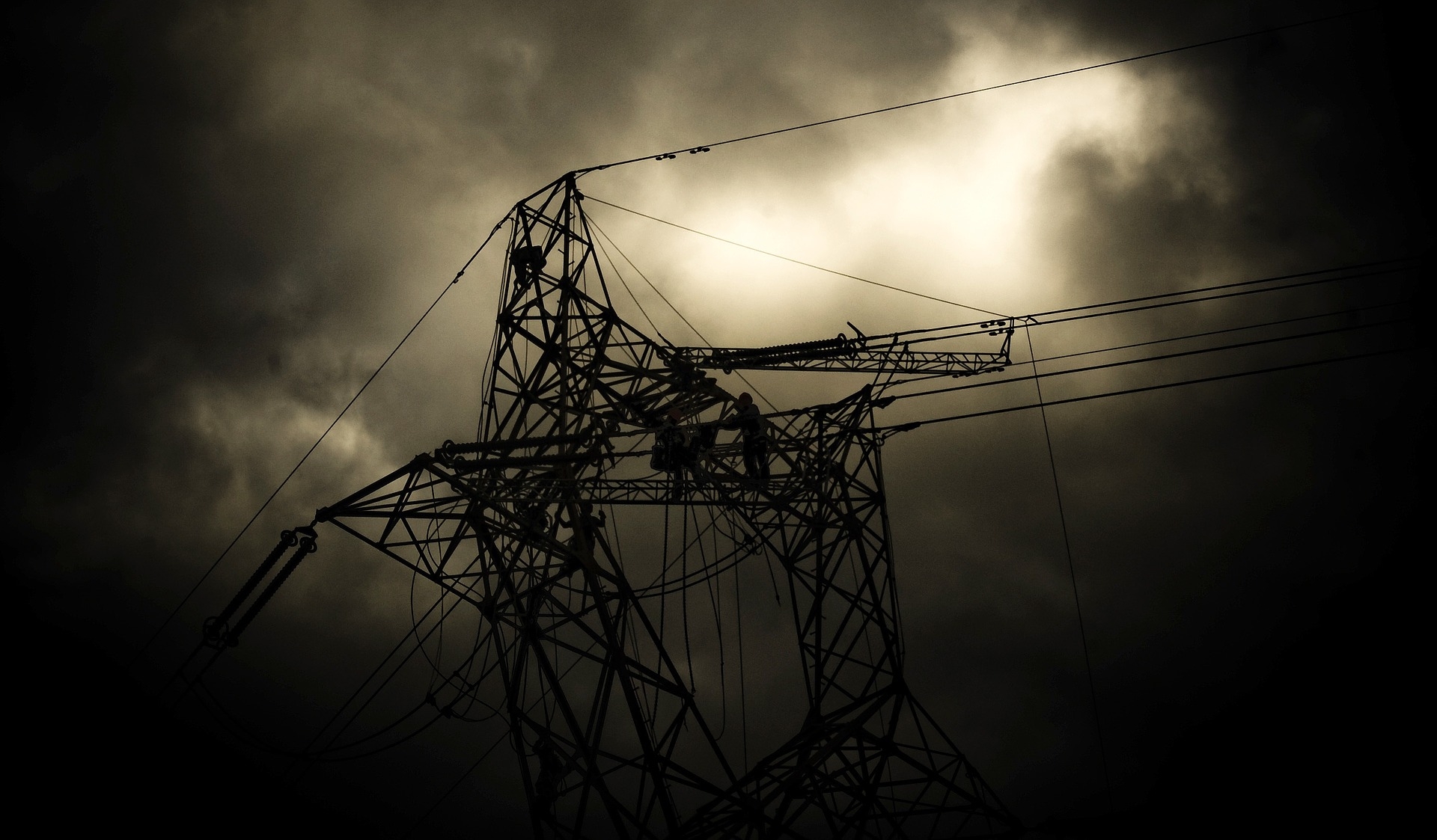
A team of researchers with the University of Oklahoma’s National Institute for Risk and Resilience recently completed a comprehensive update to the Oklahoma Energy Assurance Plan.
The National Association of State Energy Officials defines the goal of energy assurance planning “is to achieve a robust, secure and reliable energy infrastructure that is also resilient — able to restore services rapidly in the event of any disaster…it is the responsibility of State and local officials to work with energy providers and stakeholders from other jurisdictions, government agencies, businesses, and related organizations, to reduce consequences and assure public safety, and provide for rapid recovery.”
As such, Oklahoma’s Energy Assurance Plan is a key resource and reference tool for energy and emergency management professionals across the state’s energy sectors in planning for, responding to, and recovering from energy emergencies such as impacts from natural disasters or climate events that impact the state. The plan also now provides additional analysis regarding Oklahoma’s energy vulnerabilities and evaluates emerging topics in energy assurance planning.
NIRR research practitioner and deputy director Nina Carlson led the 15-month project via contract with the state of Oklahoma. The team engaged research practitioners, public sector officials, and public and private sector representatives from the emergency management community and energy industry in an extensive process to describe energy emergency response procedures and best practices across energy sectors.
The project involved a variety of approaches to outline and describe Oklahoma’s energy emergency planning and response landscape, including a virtual event to exercise mock emergency scenarios that involved nearly 100 participants representing a range of related organizations.
“Participants could talk through how they would respond to different emergency scenarios, sharing ideas, outlining their respective roles and responsibilities, and identifying gaps,” Carlson said. “This virtual exercise was an opportunity for the energy and emergency management sectors to maintain and strengthen relationships, and the after-action report that recapped the resulting discussions will hopefully guide future planning.”
“The virtual tabletop exercise provided an additional opportunity to strengthen Oklahoma’s energy emergency management network, as well as an opportunity for stakeholders to review and test the updated plan,” she added.
The EAP project also provided opportunities for both graduate and undergraduate students to conduct applied research and included students working to pursue careers in emergency management and disaster response.
“Working on this project was a great opportunity to see what sort of scenarios emergency managers have to deal with, and the processes behind resolving those sorts of issues, including communication and problem solving,” said Sam Stormer, an NIRR Undergraduate Research Fellow and master’s student in public administration. “As someone who is interested in applying for emergency management jobs after graduation, this experience allowed me to look behind the scenes into the details of these careers.”